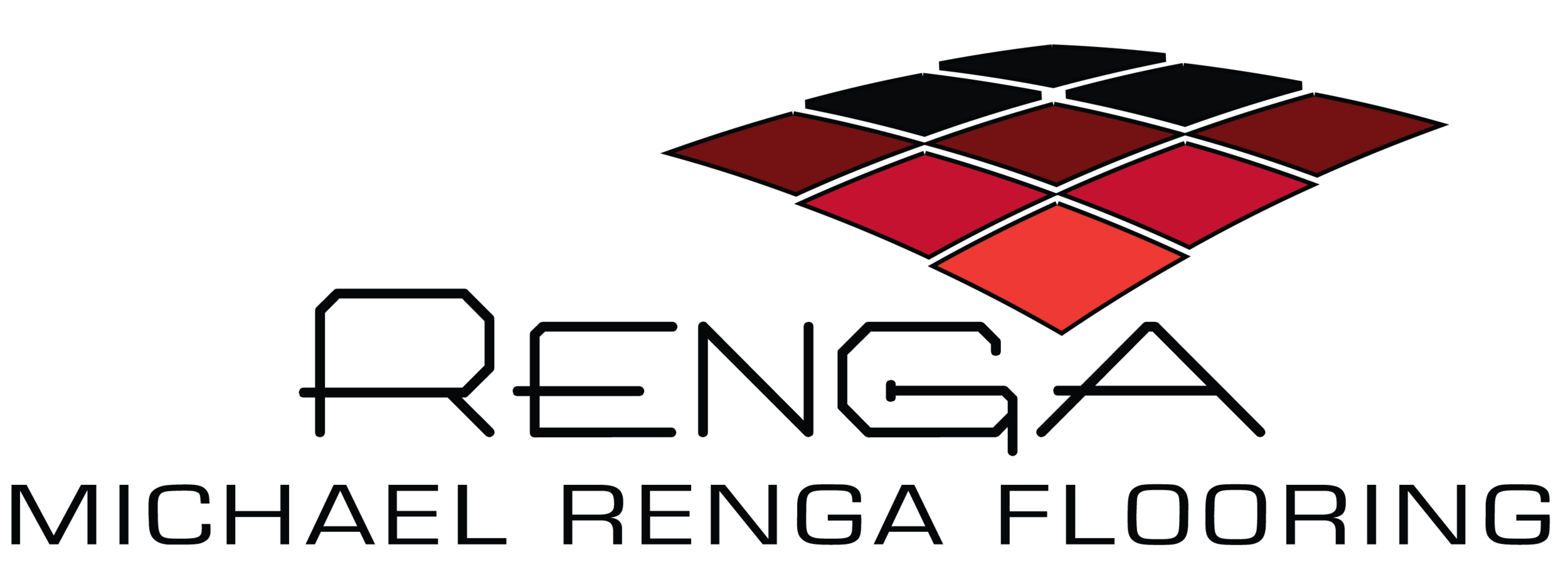“There are so many carpet fibers, which is best?”
answer
Nylon is a high-performance carpet. Nylon is a resilient fiber, resistant to crush and wear, therefore a great fit for high traffic areas such as stairs and hallways. Nylon carpets are nonabsorbent and resistant to mildew. Although nylon isn’t inherently stain resistant, stain protection adheres well to the fiber. Since stain protection is normally applied in the factory, this means most nylon carpets you find on the market are extremely stain resistant.
Wool is considered to be the Cadillac of carpet fibers. It’s green, renewable and environmentally friendly. Wool carpet is soft and luxurious to the touch and naturally flame resistant. It’s a resilient fiber that’s durable enough to perform well in high traffic areas without wearing out. Wool carpet resists dirt and soil and is easy to keep clean.
Seagrass is a smooth anti-static carpet that is made from all-natural plant fibers that are grown in a manner similar to the way rice is grown. As the name hints, seagrass is planted in paddy fields that are flooded with seawater each year during the growing season. The tough fibers of this material are nearly impermeable, which means that seagrass is resistant to stains, dirt, and discoloration.
Sisal is a soft yet durable natural fiber carpet derived from the Agave plant species. It is relatively easy to dye, making it very versatile for flooring design. It can stand up to high-traffic areas without being coarse or uncomfortable underfoot, and it wears well, making it good for high-traffic areas. But it can become slippery with use, so sisal is a poor choice for stairs. Sisal carpet can be used in almost any room of the house, although it must be used with caution around moisture, which can damage the fibers.
Here’s a couple Terms You May Commonly Hear When Comparing Carpet Fibers
Solution-Dyed: When a carpet is solution-dyed, the color penetrates all the way through the fiber. This means it’s less prone to bleaching and fading in areas that receive a lot of sunlight, like right in front of a window.
BCF (Bulk Continuous Filament): BCF carpets are extruded from one very long piece of fiber. BCF carpets don’t shed.
Understanding the fiber composition of your carpets will help you determine how to keep them clean and which methods and products you should avoid. Carpeting is an investment that adds to the comfort and beauty of your home. It’s worth taking the time to treat your carpets with care.
As with most broadloom floor coverings, sisal, seagrass, and jute fiber materials can be used as area rugs or installed wall to wall – but are commonly seen as the less durable alternative to the tried & tested wool carpeting.
About 97% of carpeting is made from synthetic fibers which are more resistant to stains and much less expensive than natural materials. The other 3% are natural fibers which tend to resist crushing from traffic. The primary types of fibers used in carpeting & rugs: nylon, polyesters, and wools. Nylon is the strongest fiber of all the carpets, with excellent resistance to abrasion, insects, molding, mildew, rot, and many chemicals. It is easy to maintain and dye, while upholding its color admirably. Nylon is durable and static free, maintains fiber height, and resists soiling or staining. All of which makes it the most popular carpet fiber by far (90%) for homes and heavily favored (65%) for all uses – both residential and commercial. Polyester does not hold its fiber height under traffic and shifting weight as well as other carpet fibers. Polyester has a luxurious feel, is durable against abrasions, resistant to water soluble stains and easy to clean. Polyester can fade with bright sunlight. Wool is a purely natural product — luxurious, strong, and stain resistant. It maintains its fiber height very well. Soft to the touch and very dense, wool has a more comfortable feel than other carpet fibers; plus it will hide soil to a much greater effect than other synthetic fibers, mainly in part due to its opacity (other fibers are clear, and thus soil can be seen through it). Wool is also quite durable, and easily dyed in many colors.

